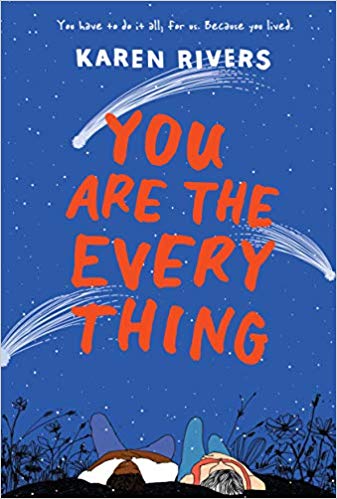 Review by Tess Tabak
Review by Tess Tabak
I have a confession to make: even though I’m not trying to lose weight, I’m somewhat obsessed with books about diet. My Life With(Out) Ranch by Heather Wyatt is a fairly fun, uplifting read. She writes about how to be kind to yourself while also working towards making healthier decisions.
Born out of a blog of the same title, My Life With(Out) Ranch is told in a bloggy, conversational style. The book is structured through chapters which each focus on a different aspect of the weight-loss journey such as self-worth, romance, exercise, and dealing with the judgement of others. Wyatt includes a few tangentially-related recipes at the end of every chapter, ranging from the healthy (zucchini noodle pad thai) to lower cal versions of junk food, like ranch dressing cut with buttermilk.
Though this book is about Wyatt’s weight loss journey, anyone who’s trying to change their eating and exercise habits for health can use her motivational and relatable advice. In the chapter on exercise, for example, she shares the story about how she went from never having run at all to completing a half marathon. She wrote about the training with humor, including her train of thought on her very first run: Continue reading

 Review by Tess Tabak
Review by Tess Tabak
 The Dying of the Light
The Dying of the Light  In Sound: A Memoir of Hearing Lost and Found, Bella Bathurst explores what is lost besides sound when we go deaf late in life. A journalistic curiosity coupled with personal experience make this a nuanced look at hearing across a wide range of subjects. She covers not just deafness and the way society treats the deaf, but a look at the mechanics and meaning of sound itself.
In Sound: A Memoir of Hearing Lost and Found, Bella Bathurst explores what is lost besides sound when we go deaf late in life. A journalistic curiosity coupled with personal experience make this a nuanced look at hearing across a wide range of subjects. She covers not just deafness and the way society treats the deaf, but a look at the mechanics and meaning of sound itself. Who knew mushrooms could be so fascinating?
Who knew mushrooms could be so fascinating?
 Review by Shane Meyer
Review by Shane Meyer
Recent Comments